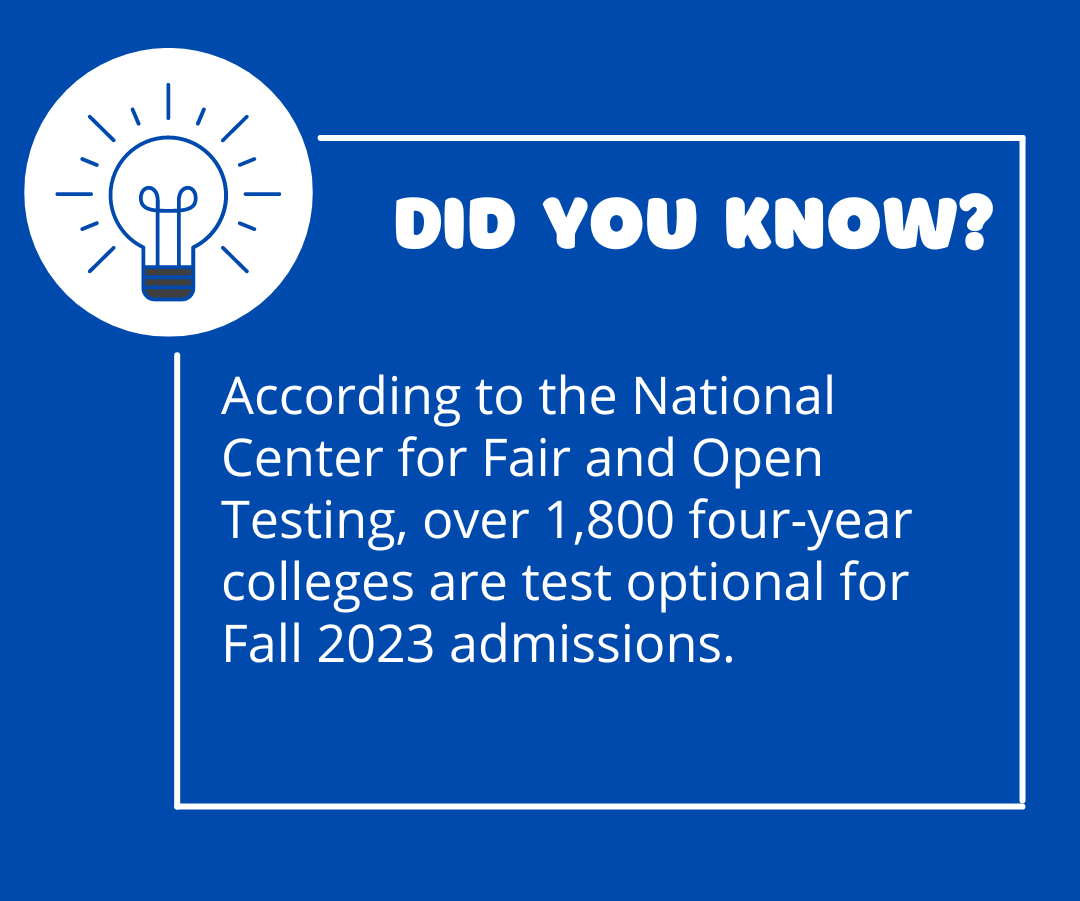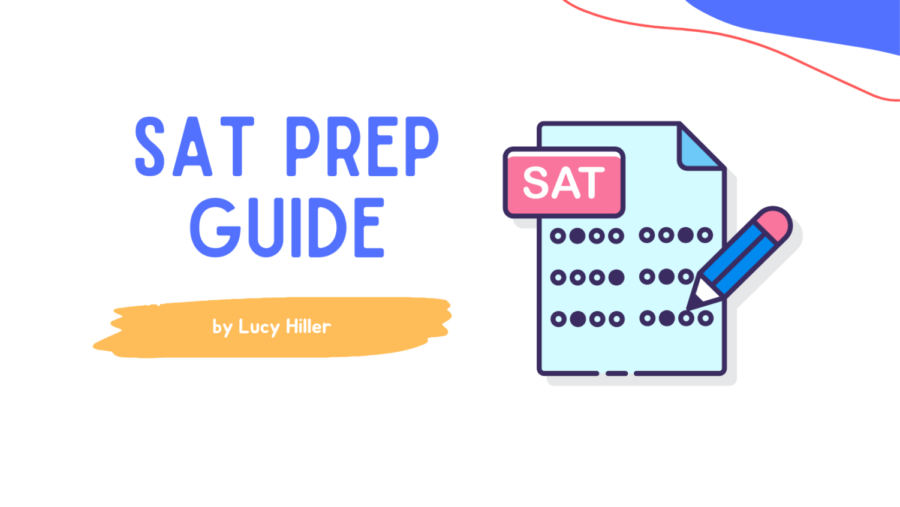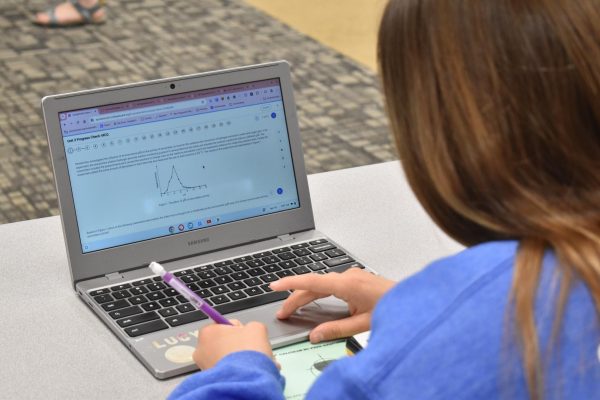SAT Prep Guide
Six tips to help you ace the SAT
On March 1, all juniors at SHS will take the SAT. This is a test that gives students a score from 400 to 1600, and colleges use it to help make their decision about who to admit. Even though not all colleges require applicants to report their SAT scores, it can also develop a stronger application. So, while some students may not take the test seriously because it isn’t always necessary, all students should go into the test and give it their best effort.
Here are some strategies to optimize your SAT taking experience:
Take advantage of SAT prep books
You can find a multitude of SAT practice resources online or in public libraries. From full length tests to strategies for specific types of questions, there is more than enough information that can help you prepare for the test. The SAT asks distinct types of questions, and getting used to them is key to feeling confident and at ease during the test.
Get a good night of sleep
Getting the proper amount of sleep boosts academic performance, according to the CDC. Therefore, it’s especially important to prioritize sleep before a big test like the SAT. Getting enough sleep

improves concentration and focus, both of which are key in the SAT, which takes over three hours to complete.
Eat a nutritious breakfast
Trying to complete a mentally straining test such as the SAT on an empty stomach is like trying to drive a car without gas. Eating breakfast makes students less tired and irritable and puts them in a better position to learn compared with those who haven’t eaten breakfast, according to Cleveland Clinic.
Get to the testing room early
Running late is never fun, and it nearly always brings unnecessary stress and anxiety. Getting to the testing room at least 15 minutes before the test is set to start will allow you to feel less anxious during the test, allowing you to perform to your full potential.
Answer all of the question and don’t get hung up on any one
The SAT doesn’t count off for incorrect answers, and your points come only from the answers that you do get correct. So, it is to your advantage to fill in an answer for each question, even if you have no idea whether it is correct or not. If you come to the last few minutes of the test, which your proctor will announce, a good strategy is to bubble in the rest of the questions that you haven’t reached yet. After all, any incorrect answers won’t penalize you, and any that you get right by chance will improve your score. Additionally, since the test is timed, you should not allow yourself to get stuck on any one question. If you don’t know how to complete it, just skip the question and move on to the next. At the end, you can go back to rework these questions if you have time.
Bring a familiar calculator and extra pencils
The SAT contains both a calculator and non-calculator section for the math portion of the test. Make sure you bring a calculator to the test, as it will allow you to complete problems more efficiently and accurately than on paper. Make sure you are well acquainted with the calculator, as you don’t want to risk making simple mistakes. Also make sure to bring several non-mechanical number two pencils to bubble in answers.
These tips will help you to make the most of your testing experience. But, before you go, remember that your score doesn’t mean everything. If you aren’t happy with your score, you can always retake the test and try to improve your score, and many colleges have switched to test optional, so your score won’t make or break your chances of being admitted.

To sign up for the test, go to the College Board website, sign into or create your account and click on the “My SAT” tab. Once there, simply click on the button that says “Sign up for the SAT.” This will take you to another page, where you’ll enter in your personal information and pick a date to take the test.

Howdy! My name is Lucy Hiller, and I’m a senior this year (whoop whoop), so I’m savoring every last second I get at SHS. For my third year on The Journal,...










